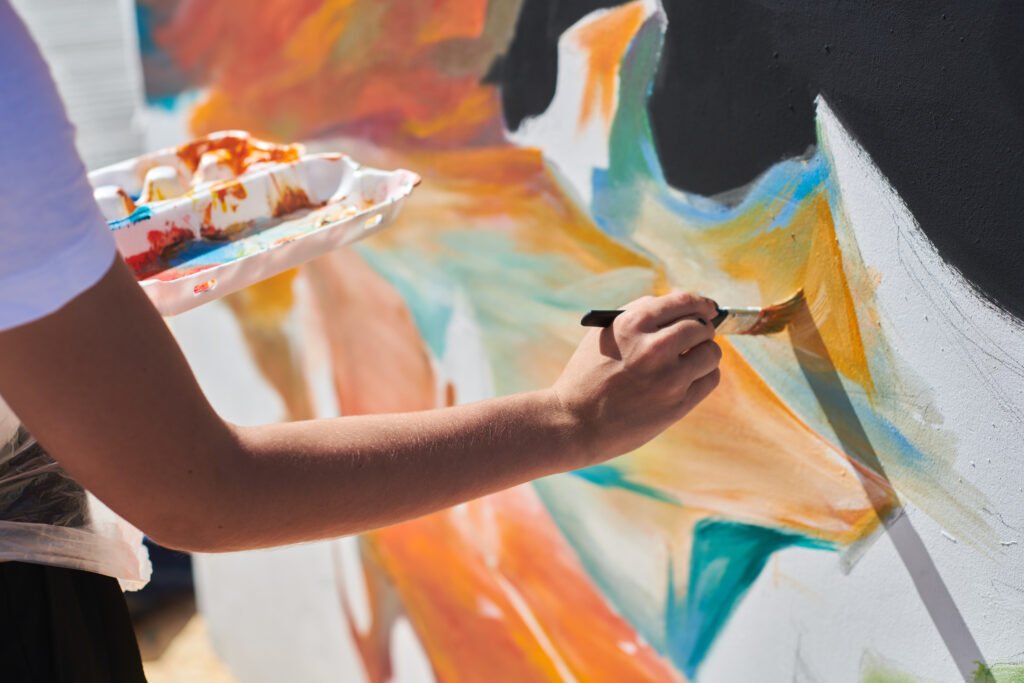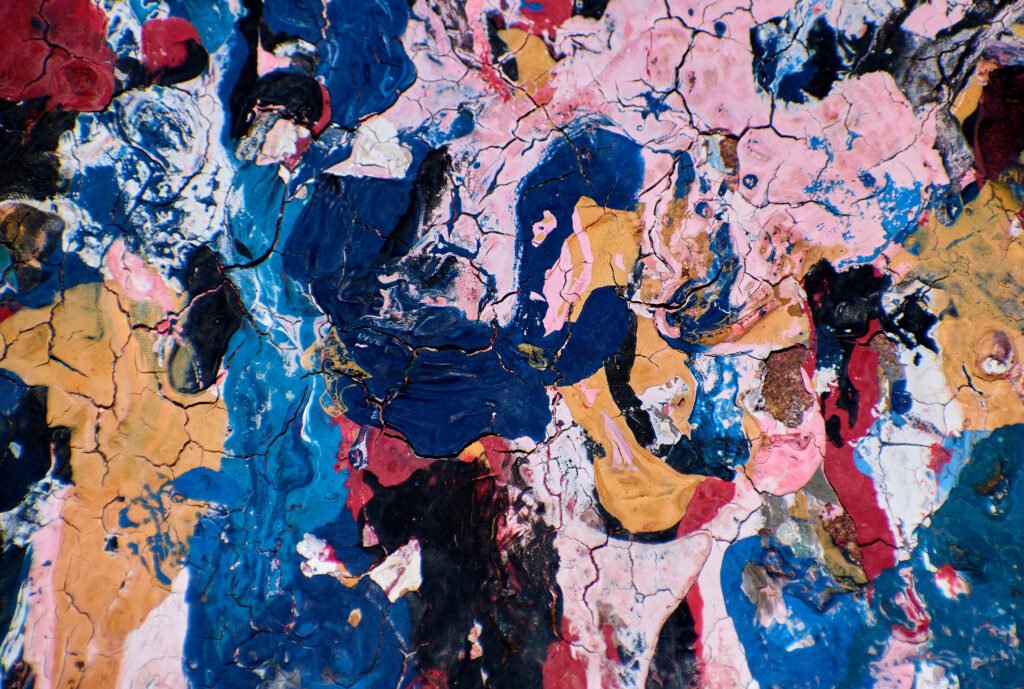In an age of visual excess, where images are consumed in seconds and quickly discarded, Abstraction reemerges as a breath of fresh air. Far from following trends, it asserts itself in the 21st century with a quiet yet piercing force, proposing emptiness, invisibility, and subjectivity as the main characters of art.
The absence of concrete form is not a limitation; rather, it becomes an invitation to reflection, evoking sensations, memories, and emotions that cannot be expressed in literal narratives. Today, more than ever, this language takes on new contours and platforms, explored by artists across diverse cultures and technologies.
The Persistence of Abstraction in the 21st Century
Although Abstraction first emerged in the early 20th century with names like Wassily Kandinsky, Kazimir Malevich, and Piet Mondrian, its relevance did not end with modernism. On the contrary, many contemporary artists have rediscovered abstraction’s potential to address current issues — from environmental collapse to the emotional void brought on by hyperconnectivity.
According to Abstraction in the Twentieth Century: Total Risk, Freedom, Discipline (1996), by theorist Mark Rosenthal, abstraction has never been merely a rejection of figuration, but a means of accessing other forms of truth. This pursuit continues in the 21st century. Artists such as Julie Mehretu, Mark Bradford, and Tomma Abts use abstraction to explore social, historical, and emotional themes — often critically, without sacrificing visual complexity.
Moreover, digital art and algorithmic processes have added a new layer to 21st-century Abstraction. Generative projects by artists like Casey Reas or Rafael Lozano-Hemmer produce unpredictable forms, escaping human control and forcing us to rethink authorship and artistic intent. This is especially evident in exhibitions such as “Unsupervised” by Refik Anadol, displayed at MoMA (New York), where AI generates abstract images from the museum’s own visual archive.
The Essential Becomes Visible in the Absence

In a society saturated with signs and advertising, Abstraction offers a space where the gaze can slow down. The absence of recognizable forms allows viewers to project their own experiences onto the artwork, turning it into a field of infinite possibilities. This openness is, paradoxically, what makes abstract art so rich — and often so unsettling.
Philosopher and critic Susan Sontag warned of the dangers of “interpretive obsession” — the compulsive desire to find meaning in everything. In Against Interpretation (1966), she advocates for a direct aesthetic experience, free from the burden of decoding. So, in this sense, Abstraction is a form of resistance to the utilitarian logic that dominates many aspects of contemporary life.
In Brazil, artists such as Eleonore Koch and Luiz Zerbini are updating this tradition with subtlety and sophistication. Zerbini, for example, blends geometry and organic gestures to evoke tropical landscapes, colonial memory, and a kaleidoscopic perception of reality.
Between Galleries and Algorithms: New Languages of Abstraction
With the rise of social media and NFT platforms, abstract art has found new formats and audiences. Many digital collectors are drawn to abstract aesthetics precisely because of their power to stand out and their timeless emotional appeal. The Art Blocks project, for instance, brings together artists working with generative abstract art, often encoding emotions and structures into algorithms.
Museums have also responded to this renewed interest. The Centre Pompidou in Paris recently opened a dedicated digital art wing, where abstraction appears in immersive and interactive installations. In exhibitions like Digital Abstractions, we see how the abstract adapts without losing its essence.
In this new context, the absence of form is not erasure — it is the amplification of what truly matters. As Paul Klee once said, “Art does not reproduce the visible; rather, it makes visible.” In contemporary Abstraction, this principle takes on a new urgency.



